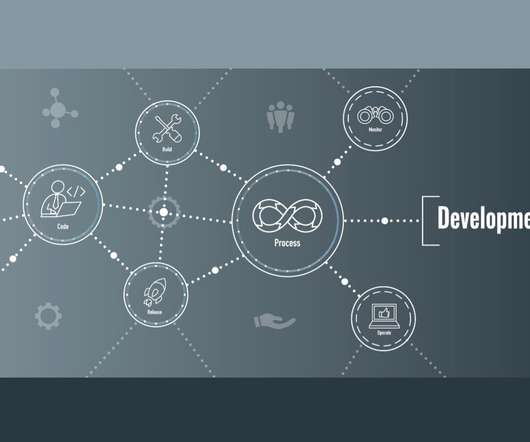Site reliability engineering: Six SRE trends to unleash DevOps innovation
Dynatrace
JUNE 2, 2022
SRE is becoming an essential discipline in organizations that use DevOps (the combination of development and operations) and agile methodologies. But research shows that 60% of SREs find they spend most of their time building and maintaining automation code. But there’s still a long way to go.


















Let's personalize your content